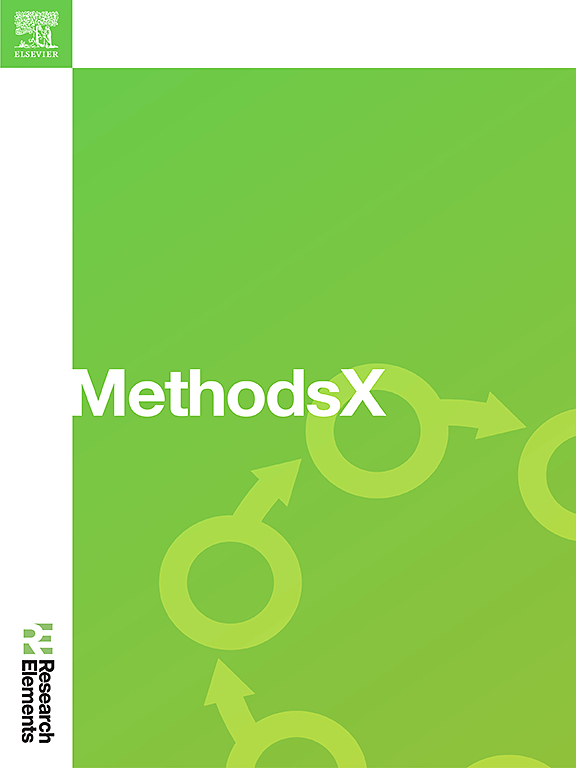Vulnerability of peatland fires in bengkalis regency during the ENSO El nino phase using a machine learning approach
IF 1.6
Q2 MULTIDISCIPLINARY SCIENCES
引用次数: 0
Abstract
Peatland fires are increasingly becoming a concern as a recurring environmental issue in Indonesia, particularly along the east coast of Sumatra Island, in Bengkalis Regency. Therefore, the development of a peatland fire prediction model is necessary. This study aims to identify peatland fire vulnerability in Bengkalis Regency using burn area from MODIS 2019. The algorithm used are Random Forest (RF) and Logistic Regression (Log-Reg), with independent variables including physiography, peat physical characteristics, anthropogenic factors, climate, and NDMI. The total burned area in Bengkalis Regency in 2019 was 175.85 km², with Rupat District being the area with the largest burned area. The best model is RF that was able to predict peatland fires in Bengkalis Regency effectively, with achieving an AUC value of 0.972. The five main factors influencing peatland fires were road density, precipitation, drainage density, NDMI, and river density. The accuracy of RF reached 95.07%. The classification results indicated three levels of peatland fire vulnerability in Bengkalis Regency
- •Non-Vulnerable: Areas classified as non-vulnerable are regions where the risk of peatland fires is minimal or non-existent.
- •Low Vulnerability: These areas have a moderate risk of peatland fires.
- •High Vulnerability: Areas with high vulnerability are the most susceptible to peatland fires.

利用机器学习方法分析ENSO厄尔尼诺现象期间孟加拉摄制区泥炭地火灾的脆弱性。
泥炭地火灾日益成为印度尼西亚反复出现的环境问题,特别是在Bengkalis摄政的苏门答腊岛东海岸。因此,建立泥炭地火灾预测模型是十分必要的。本研究旨在利用MODIS 2019的烧伤面积来确定Bengkalis Regency的泥炭地火灾脆弱性。采用随机森林(RF)和逻辑回归(Log-Reg)算法,自变量包括地形、泥炭物理特征、人为因素、气候和NDMI。2019年,Bengkalis县的总烧毁面积为175.85平方公里,其中Rupat区是最大的烧毁面积。最好的模型是能够有效预测Bengkalis Regency泥炭地火灾的RF, AUC值达到0.972。影响泥炭地火灾的5个主要因素是道路密度、降水密度、排水密度、NDMI和河流密度。RF准确度达95.07%。分类结果表明,Bengkalis摄政区泥炭地火灾易损性分为三个等级。•非易损性:被分类为非易损性的地区是泥炭地火灾风险最小或不存在的地区。•低脆弱性:这些地区泥炭地火灾的风险中等。•高脆弱性:高脆弱性地区最容易受到泥炭地火灾的影响。
本文章由计算机程序翻译,如有差异,请以英文原文为准。
求助全文
约1分钟内获得全文
求助全文
来源期刊

MethodsX
Health Professions-Medical Laboratory Technology
CiteScore
3.60
自引率
5.30%
发文量
314
审稿时长
7 weeks
期刊介绍:
 求助内容:
求助内容: 应助结果提醒方式:
应助结果提醒方式:


